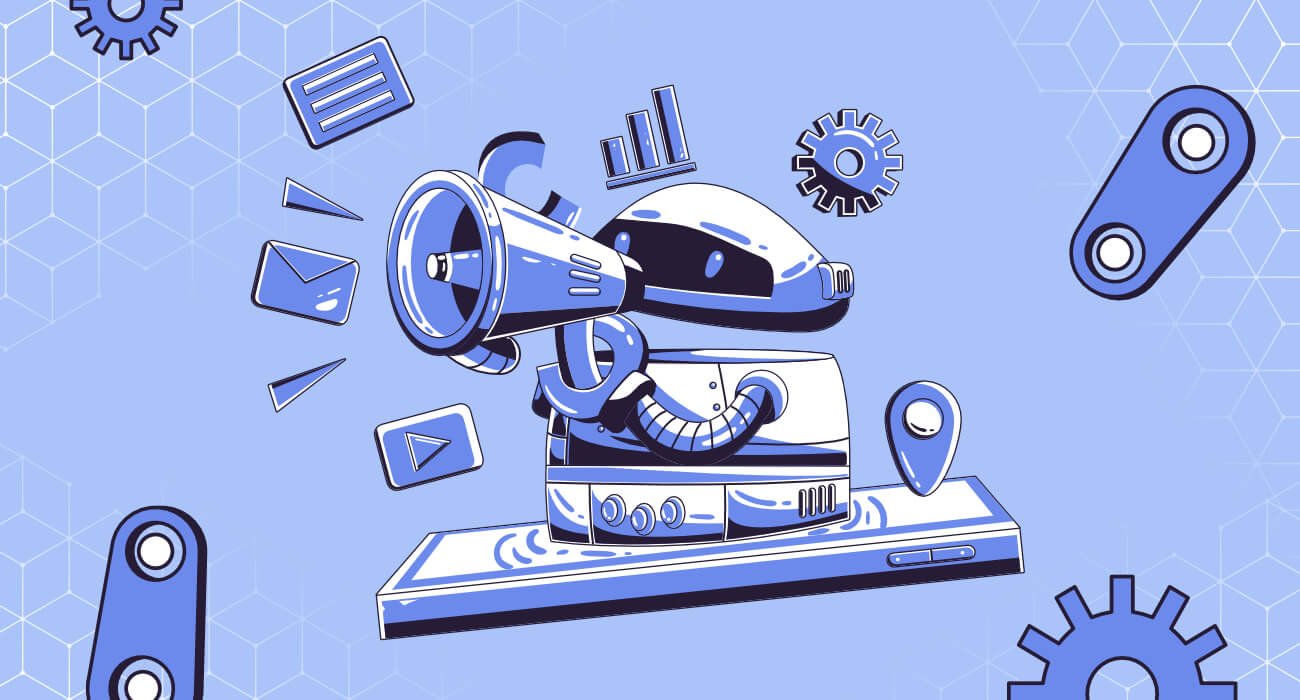Innovation is the name of the game in today’s healthcare industry. To keep abreast of market challenges and optimize their service offerings, many organisations are actively working to boost innovation, through cultures that promote risk-taking, creative thinking, and open communication.
In an industry landscape that’s continuously evolving, how can healthcare organisations support innovation and drive performance through their learning and development (L&D) functions? From creating more agile, responsive L&D structures to establishing safe spaces for employees, here are some choice insights from the 2019 US L&D Report that shine a spotlight on some of the latest trends that organisations are putting into play.
Create agile L&D structures.
The healthcare industry is in a state of constant change, which is why it’s business-critical for organisations to start creating more agile L&D structures. While it’s tempting to sink heaps of time and energy into the planning process, L&D programs that are meticulously planned out are far less likely to adapt as your business needs inevitably shift. Your L&D function should remain nimble and go with the flow of organisational change, and building programs around more flexible frameworks will ensure they’ll evolve with your organisation in sync — without compromising the speed or quality of talent development.
In addition to agility, organisations should also consider the present—and future—needs of their employees when creating L&D programs. Ernst & Young, who serve a multitude of clients in the healthcare industry, have set this idea in motion through their Audit Academy. To supplement the core Audit Academy curriculum, employees also have the freedom to further customize their learning experience with content that’s most relevant to their particular role and clientele.
By taking a page out of Ernst & Young’s book, your organisation can provide employees with a personalized learning experience that’s effective, enriching, and above all, future-proof.
Experiment, and then recalibrate!
Innovation stems from risk-taking and unconventional thinking. Considering how many effective methods exist to deliver learning in 2019, it’s imperative for organisations to remove the blinders and look beyond traditional methods to design L&D programs that are truly innovative.
According to this year’s UK L&D Report, the most in-demand L&D programs today are leadership and management development programs. Pharmaceutical giant Bayer has recently implemented a new action-learning plan, which gives pharmaceutical leaders the chance to engage in projects outside the bounds of their day-to-day work. And this program has yielded real results, with a large number of participants receiving promotions shortly after its conclusion.
Bayer’s action-learning plan was a homerun, but not every L&D experiment is guaranteed to be a success. To determine which programs are viable, and which deserve to be shelved, it’s crucial to monitor feedback and conduct regular evaluations. Evaluation and recalibration are at the heart of winning innovative initiatives, so don’t be afraid to shift gears when programs fall short of expectations.
Establish safe spaces.
Don’t let the unassuming name trick you — safe spaces are hotbeds for innovation. When employees are free to take risks and put forth outside-the-box ideas without facing judgment or repercussions, innovation tends to thrive.
Safe spaces also help managers strengthen their teams and engage employees in the organisational culture. Oftentimes, adopting a strengths-based approach, which encourages managers to focus on employees’ individualized strengths, can play an essential part in building more engaged, innovative teams. Managers who celebrate what’s right with their employees and acknowledge their unique contributions will not only ensure that each person’s gifts and talents are leveraged appropriately, but also cultivate the key ingredient for safe spaces — trust.
For many organisations, innovation has arisen from cultures that place value on trust and relationship-building, as opposed to hard skills. Immersing employees in an environment where they feel supported will embolden them to try something new, and even if they fail, they’ll have the space to learn from their mistakes and keep moving forward. An added bonus? Organisational cultures that emphasize relationships spark more open communication, idea-sharing, and collaboration between teams, which can further propel innovation.
Connect innovation to L&D.
While some organisations are perfectly content to plan L&D initiatives and hope they’ll drive innovation, it’s best to be proactive. From team brainstorming sessions, to guest lectures with acclaimed innovators in the healthcare industry, putting innovation front and centre in your L&D initiatives will compel employees throughout the organisation to approach their work from a more innovative perspective.

















